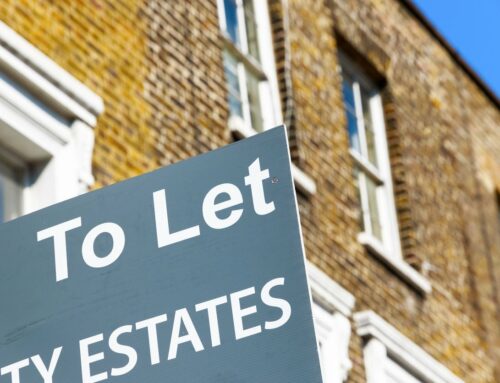Home » Uncategorised »
Government Issues Guidance for Landlords on New MEES
This article is an external press release originally published on the Landlord News website, which has now been migrated to the Just Landlords blog.

The Government has issued guidance for landlords on how to comply with the new Minimum Energy Efficiency Standards (MEES), with just under six months to go until the rules come into force.
We’ve worked with London estate agent Portico to explain how the new MEES will work in regards to EPC ratings, the impact the rules will have on landlords and the steps that you should take now to avoid hefty fines.
An Energy Performance Certificate (EPC) is a guide that potential homebuyers or tenants receive when they look into a property. Every property that’s put up for sale or to let is legally required to have an EPC, which usually costs between £60-£120.

Government Issues Guidance for Landlords on New MEES
It uses a ratings system from A to G to show how efficiently a home uses energy, as well as including details of the cost of running the property and recommendations on how to improve its energy efficiency.
The A rating indicates that the home is most energy efficient, while G is the lowest (worst) rating.
From April 2018, it will be illegal to grant a new lease (even to existing tenants) on a domestic or commercial property with an EPC rating below E – in order words, any homes rated F or G must be improved or immediately taken off the rental market (unless the landlord registers an exemption).
It is believed that one in ten residential properties currently have an EPC rating of F or G, so would not meet the new standards.
A civil penalty of up to £4,000 will be imposed for breaches of the new MEES, so it’s imperative that you make sure your rental property meets the higher standards.
The Government has recently announced that it will be opening an exemptions register from next month. However, we already know that the new MEES will not apply to:
- Buildings that are not required to have an EPC, such as certain listed buildings
- Temporary properties and holiday lets
- Buildings where the EPC is over ten years old or where there is no EPC
- Buildings let on tenancies of over 99 years or less than six month (where such tenancy does not contain a right of renewal)
- Where an independent surveyor determines that the relevant energy efficiency improvements would reduce the value of the property by more than 5%
- The improvements are deemed financially unviable, as they do not pay for themselves through energy cost savings within a seven-year timeframe
- If the landlord is unable to get consent from a third party to carry out the energy improvements, for example, from the local authority of an incumbent tenant
- A detached building with a total floor space under 538 square foot
- A building that is due to be demolished by the seller or landlord, and has all of the relevant planning and conservation consent
With the new MEES just around the corner, now’s the time to make sure that your rental property meets the new requirements.
If your current EPC rating is below E, you must make a plan to improve the energy efficiency of the property. These works must be implemented before April 2018 in order for you to grant a new lease on the property. You must also be aware that the new MEES will apply to all tenancies (even those with existing tenants) from April 2020.
To help landlords, the Department for Business Energy and Industrial Strategy has issued guidance documents on compliance with the MEES, in accordance with the Energy Efficiency (Private Rented Property) (England and Wales) Regulations 2015.
The documents provide guidance and advice on the following:
- The scope of the regulations – the steps a landlord should take to determine whether their property is covered by the regulations, and the steps they should take to ensure that their property complies with the minimum level of energy efficiency
- Relevant improvements – how a landlord can identify appropriate energy efficiency improvements for their property
- No upfront cost funding (domestic only) – how a landlord can investigate availability of no-cost funding to cover the cost of improving a domestic property
- Cost effectiveness (non-domestic only) – how a landlord can determine whether particular improvements would be cost effective to install in a non-domestic property
- Exemptions and exclusions – the exemptions framework and the steps a landlord should take to register a valid exemption
- Enforcement – the enforcement framework and the options open to enforcement authorities when policing compliance with the MEES, including information on fines and other penalty options
- The appeals framework – landlord appeals will be heard by the First-tier Tribunal, part of the court system administered by Her Majesty’s Courts and Tribunal Service; the guidance discusses the steps a landlord will need to take to lodge an appeal and how that process will be managed
You can read the guidance by clicking here.




